What’s the Difference Between a Mule Saddle and a Horse Saddle?
Before I share with you information about a mule saddle and how it is different from a horse saddle, it is imperative that you understand the difference between a donkey, a horse and a mule.
The Difference Between A Donkey, A Horse And A Mule
Now the donkey and the horse are pretty easy. Their skeletal structure and bodies are their own, but a mule is a hybrid. He has the skeletal structure of the donkey but many body features of the horse. This makes for some challenges in having a good saddle fit.
Pivotal in selecting a saddle is the basic concept that the shoulders of a horse are configured like an “A”. They carry their weight high and the withers support the saddle. A mule, on the other hand, has the skeletal structure of a donkey. So his shoulders are configured like a “V”. They carry their weight low and often have a sizeable belly. The withers in a mule may be visible, but they are good only for the lateral stability of the saddle if they are present.
Additionally, the horse has a lateral swing of his scapulae when he walks. A donkey and mule, on the other hand, have a much more vertical movement of the scapulae. They are like pistons on a car. This is important because we need to give that scapula free and unimpaired movement. If our saddle interferes, it will make for an unhappy long ear!
Measuring Muscle Mass Or Weight When Selecting Your Saddle
Just one more thing before we actually talk saddles and that is that measuring muscle mass or weight in selecting a saddle can be misleading. If you measure in early spring after a long cold winter off, you will get a dramatically different measurement then you will get mid summer after weeks of work. This is challenging for any equine owner, but in the case of a mule saddle, I can accommodate. I don’t measure weight or muscle and I am still able to fit most mules, whether slender, gaited, draft, fat, or whatever.
Now I know you are asking, “Steve, how is that possible?” Let me explain.
Fitting a Saddle With The Packsaddle Tree
I start out by using a tree that is based on the design of the packsaddle tree. Packsaddles are designed to allow the animal to carry a lot of weight in a balanced and secure way. They sit closer to the spine than horse trees and are stable on the donkey rib structure. They also sit well out of the way of the scapulae that are moving up and down as the mule walks. So I took this packsaddle tree to a saddle tree maker and we built our saddle around that model. By having the tree sit closer to the spine, on top of the rib cage, that has a sweet spot for the saddle tree, the weight and shape of the animal factors only minimally. This saddle fits most mules.
Features Of A Good Mule Saddle
For the mule’s comfort, I do not sew my skirts together or create any bulk near the back bone. Many saddles have ridges or structures that are directly under where the rider places his weight. My saddle is smooth and clean in this area so there are no pressure points.
Other features of a good mule saddle should include rider comfort. I made a nice supportive cantle that is buckaroo in style and will give good support after hours in the saddle. The horn is metal and is encapsulated into the pommel of the saddle for stability (not just attached with a screw). Riders feel secure in a comfortable seat whether it is a padded model or not.
Other features of my saddle are rounded skirts – both front and back. This allows for good clearance of the hip and shoulder. Rigging plates are also strategically placed between 7/8 and 3/4 with the rear ring moved about 7/8 inch forward to permit the rear cinch to be snugged up as it should be.
A Saddle Designed For The Mule
My saddle is designed to be used with a britchen and breast collar and two cinches with the rear cinch being the more snug of the two. By using the entire set up that I have designed, the mule has the benefit of:
- The saddle does not rest on Mr. Mule’s spine or poke him
- The tree sits in the sweet spot of the ribs, well back from the scapulae
- The breast collar and britchen stabilize the saddle and keep it from moving front to back or side to side
- The rear cinch is the more snug of the two but neither need to be “cranked down”
- The rider is secure in the saddle
- The saddle will “fit” the mule any time of the year and fits the vast majority of mules.
Hear From A Real Life Rancher Using Steve Edwards Saddles
Explore Steve’s Mule and Donkey Saddles
-
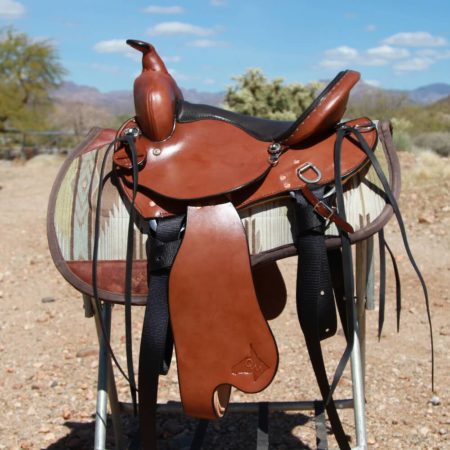 The Trailrider SaddleRated 5.00 out of 5 based on 14 customer ratings
The Trailrider SaddleRated 5.00 out of 5 based on 14 customer ratings -

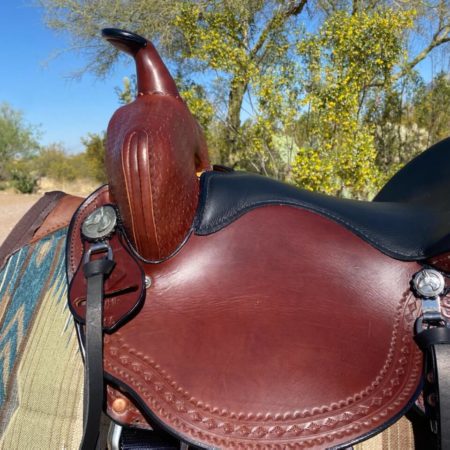 The Extreme Ultralight SaddleRated 5.00 out of 5 based on 5 customer ratings
The Extreme Ultralight SaddleRated 5.00 out of 5 based on 5 customer ratings -

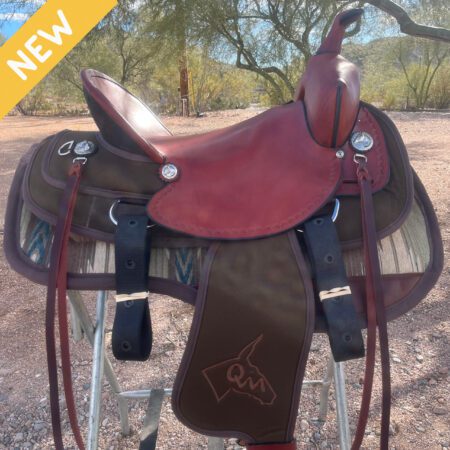 Buckaroo Lite SaddleRated 5.00 out of 5 based on 2 customer ratings
Buckaroo Lite SaddleRated 5.00 out of 5 based on 2 customer ratings -

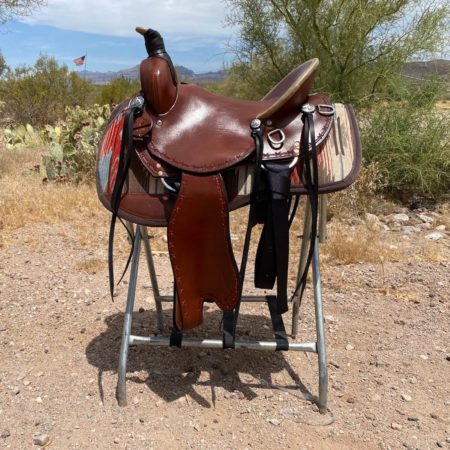 The Heritage SaddleRated 5.00 out of 5 based on 1 customer rating
The Heritage SaddleRated 5.00 out of 5 based on 1 customer rating -

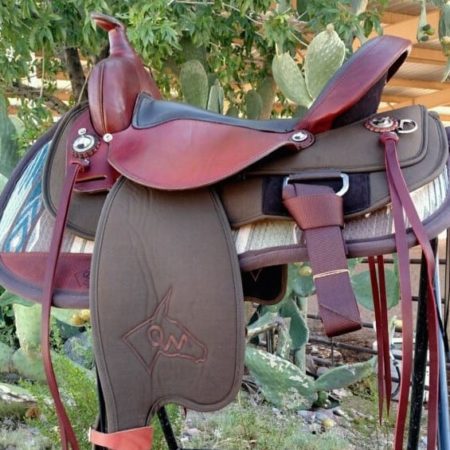 Trail Lite SaddleRated 4.94 out of 5 based on 34 customer ratings
Trail Lite SaddleRated 4.94 out of 5 based on 34 customer ratings -

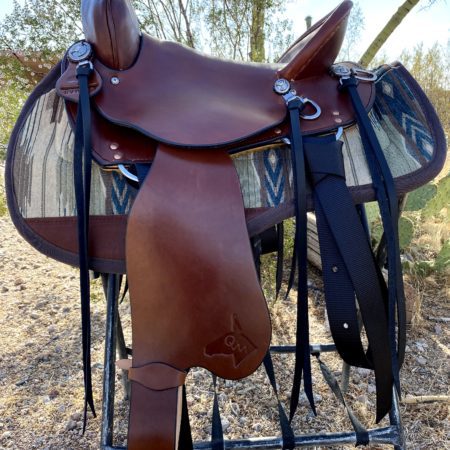 The Cowboy SaddleRated 4.86 out of 5 based on 7 customer ratings
The Cowboy SaddleRated 4.86 out of 5 based on 7 customer ratings
- Posted in: Articles, Everything
- Tagged: Articles, Everything
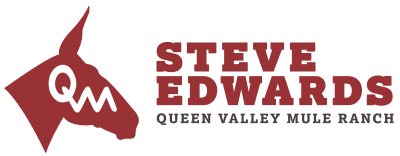


1 thought on “What’s the Difference Between a Mule Saddle and a Horse Saddle?”
My grandad became pretty well known in the early 20th century for breeding matched teams. His mules were routinely shipped to Fort Worth and Memphis for well advertised sales. They worked the fields, pulled the wagons, and took you to town. And of course they are still the best way to get to bottom of the grand canyon.